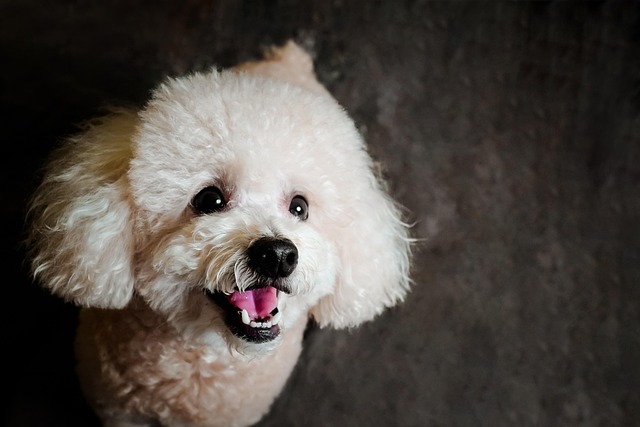
How do i train my dog to be obedient?
Watching your dog dart across the park ignoring your calls isn’t just frustrating—it can put them at risk near busy streets or public spaces.
Bringing a new puppy home is a whirlwind of excitement, and one of your first big tasks is helping them feel comfortable with the people in their new world. This process, called socialization, is about building positive associations during a key developmental window before they're 16 weeks old. But before you invite the whole neighborhood over, there's a crucial first step: the vet check. Your puppy needs to begin their vaccination series before safely interacting with many people. While you can and should start socialization at home immediately, remember that the core rabies vaccination is a future legal requirement in all U.S. states, so keeping a record of all vet visits is essential for compliance and your pup's long-term safety.
Start socialization in your living room by making every new experience a positive one. The principle here is simple: pair novel things with high-value rewards. Does your puppy see someone wearing a hat for the first time? Toss them a piece of chicken. Does the sound of the dishwasher startle them? Have a family member gently feed them treats as it runs. Introduce them to people of different ages, sizes, and appearances in a calm, controlled way. For instance, have a tall friend sit on the floor to seem less intimidating and offer a treat, or let a child gently toss a toy from a short distance. This positive reinforcement builds a foundation of trust rather than fear.

It's vital to understand that this is a marathon, not a sprint. Never force interactions or flood your puppy with too much too soon. If your pup seems nervous—tucking their tail, hiding, or barking—respect that. Forcing a scared puppy to be petted is a form of negative pressure that can backfire, creating lasting fear. This approach aligns with the strong cultural preference in欧美 for force-free, positive training methods. The goal is to let the puppy choose to engage at their own pace, rewarding every brave step forward with praise and treats. This builds confidence in a way that punishment or coercion never could.
Your home setup plays a huge role in success. In an apartment building, sounds are amplified. Help your puppy get used to the predictable chaos of shared living. When you hear footsteps in the hallway or the elevator dinging, make it a party! "Yes! That scary noise means you get a hot dog!" This prevents the development of nuisance barking, which is key to maintaining good relations with your neighbors. It’s also your first lesson in community responsibility; even on a quick potty break in the building's designated area, you must immediately clean up after your puppy. This is not only basic etiquette but a legal ordinance in virtually every American city and town.
The ultimate goal is to create a puppy who sees new people as a wonderful surprise, not a threat. Keep sessions short, upbeat, and always end on a positive note. By patiently guiding them through these early experiences with kindness and yummy treats, you're not just teaching them about people—you're wiring their brain for confidence, shaping a well-adjusted dog who is a joy to have in your home and a polite member of your community.

Watching your dog dart across the park ignoring your calls isn’t just frustrating—it can put them at risk near busy streets or public spaces.

New puppy owners often find themselves rushing to clean up accidents before they set in, and that’s where puppy pad training becomes a game-changer.

If you've noticed your dog's waistline disappearing and your veterinarian has mentioned those few extra pounds, your first instinct might be to simply reduce the amount of food in their bowl.

Training a dog to use a designated spot indoors isn’t as daunting as many new owners fear, but it does take consistency and an understanding of your pet’s needs.

That moment of dread on a walk is all too familiar for many new dog owners. You see another dog approaching down the sidewalk of your neighborhood

If the sight of another dog on your neighborhood walk makes your heart sink as your own dog erupts into a frenzy of barking and lunging, you're not alone.